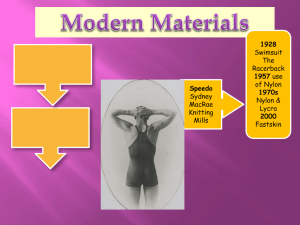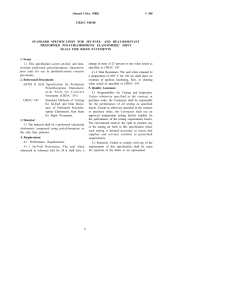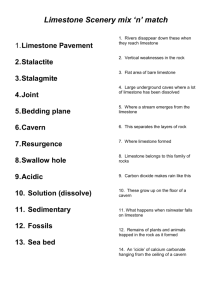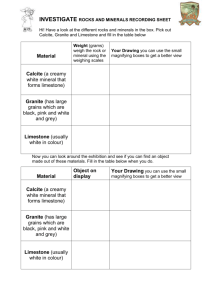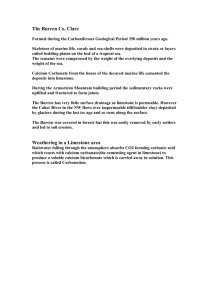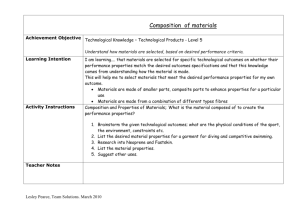green neoprene?
advertisement
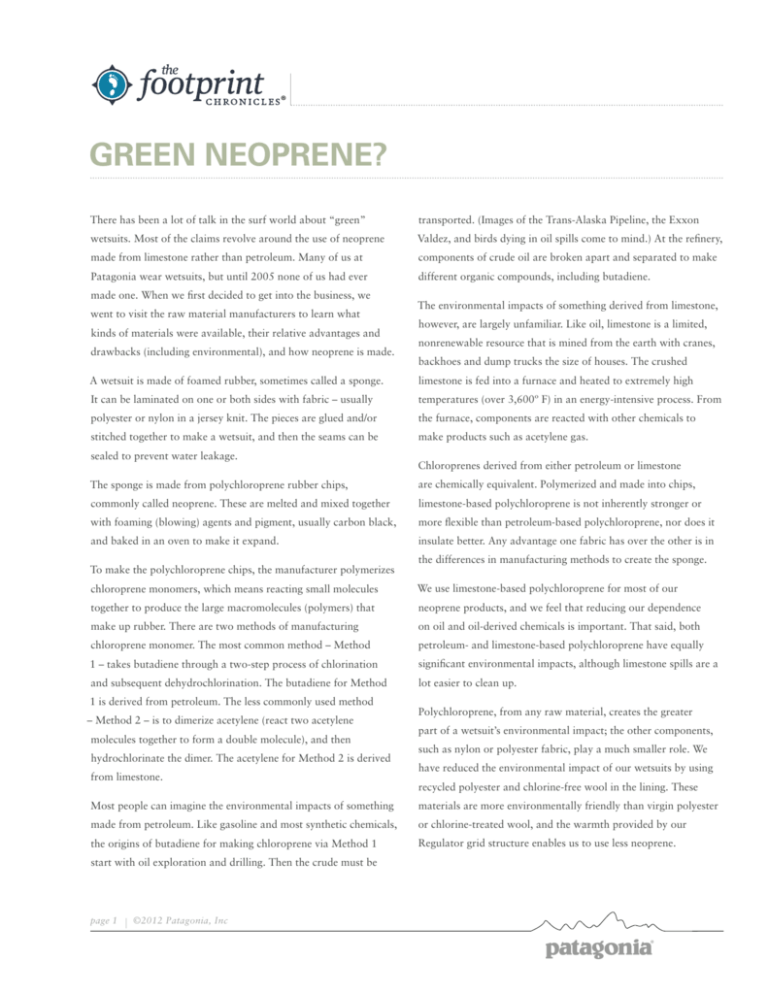
® green neoprene? There has been a lot of talk in the surf world about “green” transported. (Images of the Trans-Alaska Pipeline, the Exxon wetsuits. Most of the claims revolve around the use of neoprene Valdez, and birds dying in oil spills come to mind.) At the refinery, made from limestone rather than petroleum. Many of us at components of crude oil are broken apart and separated to make Patagonia wear wetsuits, but until 2005 none of us had ever different organic compounds, including butadiene. made one. When we first decided to get into the business, we went to visit the raw material manufacturers to learn what kinds of materials were available, their relative advantages and drawbacks (including environmental), and how neoprene is made. The environmental impacts of something derived from limestone, however, are largely unfamiliar. Like oil, limestone is a limited, nonrenewable resource that is mined from the earth with cranes, backhoes and dump trucks the size of houses. The crushed A wetsuit is made of foamed rubber, sometimes called a sponge. limestone is fed into a furnace and heated to extremely high It can be laminated on one or both sides with fabric – usually temperatures (over 3,600º F) in an energy-intensive process. From polyester or nylon in a jersey knit. The pieces are glued and/or the furnace, components are reacted with other chemicals to stitched together to make a wetsuit, and then the seams can be make products such as acetylene gas. sealed to prevent water leakage. The sponge is made from polychloroprene rubber chips, Chloroprenes derived from either petroleum or limestone are chemically equivalent. Polymerized and made into chips, commonly called neoprene. These are melted and mixed together limestone-based polychloroprene is not inherently stronger or with foaming (blowing) agents and pigment, usually carbon black, more flexible than petroleum-based polychloroprene, nor does it and baked in an oven to make it expand. insulate better. Any advantage one fabric has over the other is in To make the polychloroprene chips, the manufacturer polymerizes the differences in manufacturing methods to create the sponge. chloroprene monomers, which means reacting small molecules We use limestone-based polychloroprene for most of our together to produce the large macromolecules (polymers) that neoprene products, and we feel that reducing our dependence make up rubber. There are two methods of manufacturing on oil and oil-derived chemicals is important. That said, both chloroprene monomer. The most common method – Method petroleum- and limestone-based polychloroprene have equally 1 – takes butadiene through a two-step process of chlorination significant environmental impacts, although limestone spills are a and subsequent dehydrochlorination. The butadiene for Method lot easier to clean up. 1 is derived from petroleum. The less commonly used method – Method 2 – is to dimerize acetylene (react two acetylene molecules together to form a double molecule), and then hydrochlorinate the dimer. The acetylene for Method 2 is derived from limestone. Polychloroprene, from any raw material, creates the greater part of a wetsuit’s environmental impact; the other components, such as nylon or polyester fabric, play a much smaller role. We have reduced the environmental impact of our wetsuits by using recycled polyester and chlorine-free wool in the lining. These Most people can imagine the environmental impacts of something materials are more environmentally friendly than virgin polyester made from petroleum. Like gasoline and most synthetic chemicals, or chlorine-treated wool, and the warmth provided by our the origins of butadiene for making chloroprene via Method 1 Regulator grid structure enables us to use less neoprene. start with oil exploration and drilling. Then the crude must be page 1 ©2012 Patagonia, Inc It’s great that surfers are interested in “green” wetsuits. But limestone doesn’t make a wetsuit more environmentally friendly. We really need to push for innovative new materials and construction methods. For example, if we could replace polychloroprene with a completely different material, we may be able to make a significant reduction in the impact of wetsuits on the environment. Another way we could further “green” a wetsuit is to focus on the adhesives in both the lamination and gluing processes. Solvents used in these processes evaporate into the air during manufacturing, polluting the environment with VOCs (volatile organic compounds). Converting to nontoxic, more environmentally friendly methods of laminating fabric to neoprene and gluing cut pieces would greatly reduce a wetsuit’s environmental footprint. These are the challenges that Patagonia and the surf industry must face in order to make a truly “green” wetsuit. page 2 ©2012 Patagonia, Inc
